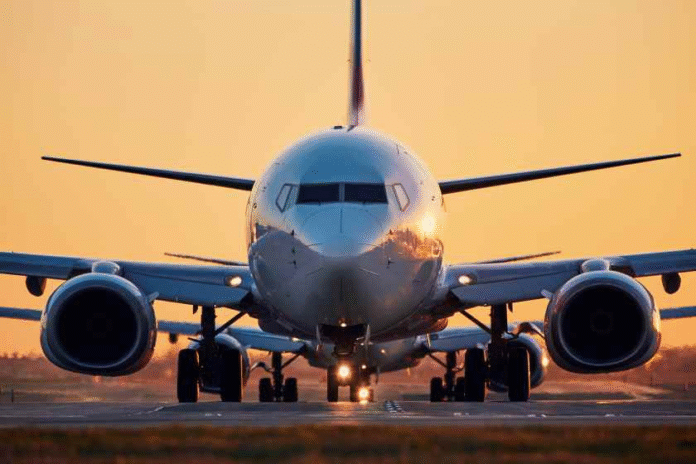In a bold move defying international sanctions, the Islamic Republic of Iran has quietly acquired five second-hand Boeing 777-200ER aircraft, formerly operated by Singapore Airlines and NokScoot. The aircraft, stored in Australia and Cambodia, were transferred through a complex arrangement involving a shell company registered in Madagascar. Now carrying the Madagascar registration prefix “5R,” these widebody jets are the first of their kind to join Iran’s civil fleet—and they’re already reshaping the future of Iranian aviation and tourism.
Mahan Air to Expand International Reach
The new additions are widely believed to be destined for Mahan Air, Iran’s largest private carrier, which has long operated under U.S. sanctions. Despite restrictions, Mahan has continued flights across the Middle East, Asia, and parts of Europe. With the addition of long-haul Boeing 777s, the airline is expected to boost international connectivity and compete more effectively in regional markets.
The fleet expansion comes at a critical time for Iran, as the country pursues a tourism-driven strategy to attract foreign visitors and reintegrate into global travel circuits. The larger aircraft will enable the airline to serve a wider range of long-haul destinations, particularly from key markets such as Central Asia, Europe, and the Gulf.
Tourism Sector Poised for Lift-Off
Tourism in Iran has long been constrained by outdated aviation infrastructure and limited air connectivity, largely due to U.S.-led embargoes that blocked access to new aircraft and spare parts. The arrival of the Boeing 777s represents a breakthrough that could improve access to major destinations including Tehran, Isfahan, Shiraz, Persepolis, and the Persian Gulf coast.
Iran is increasingly attracting tourists from regional markets such as the UAE, Turkey, and Qatar—countries with cultural and historical ties to Iran and relatively short flight times. Competitive pricing, cultural depth, and the promise of a unique travel experience give Iran an edge over neighboring destinations.
Challenges Remain Amid Sanctions
Despite the fleet upgrade, Iran’s aviation and tourism sectors continue to face formidable challenges. Sanctions still hinder financial transactions, complicating hotel bookings, airline payments, and international partnerships. In response, Iranian airlines have turned to indirect aircraft acquisitions, shell companies, and interposed registrations to modernize their fleets.
The lack of access to global banking also affects inbound tourism, creating obstacles for foreign travelers seeking seamless travel experiences. Still, the government’s commitment to infrastructure development—including new hotels, improved ground transport, and partnerships with international tourism bodies—is slowly helping to bridge the gap.
Regional Competition and Market Rebalancing
The entry of widebody aircraft like the 777s may prompt competitive shifts in the Middle East’s aviation market. Carriers such as Emirates, Qatar Airways, and Turkish Airlines—long dominant in connecting East and West—may face new pricing and routing competition from Mahan Air and other Iranian carriers. The ripple effects could impact regional airfare structures and tourism flows, particularly as Iran repositions itself as a culturally rich and affordable destination.
Strategic Modernization and Global Outreach
Iran’s aircraft acquisition is part of a broader strategy to future-proof its travel industry and enhance national branding in tourism. Beyond aviation, the government has prioritized building better tourism infrastructure, expanding hospitality capacity, and promoting the country’s rich heritage and natural assets to international markets.
While the path forward remains complex, Iran’s procurement of Boeing 777s signals a clear intent: to modernize its aviation capabilities, open new doors for tourism, and compete more effectively on the global travel stage—sanctions notwithstanding.











